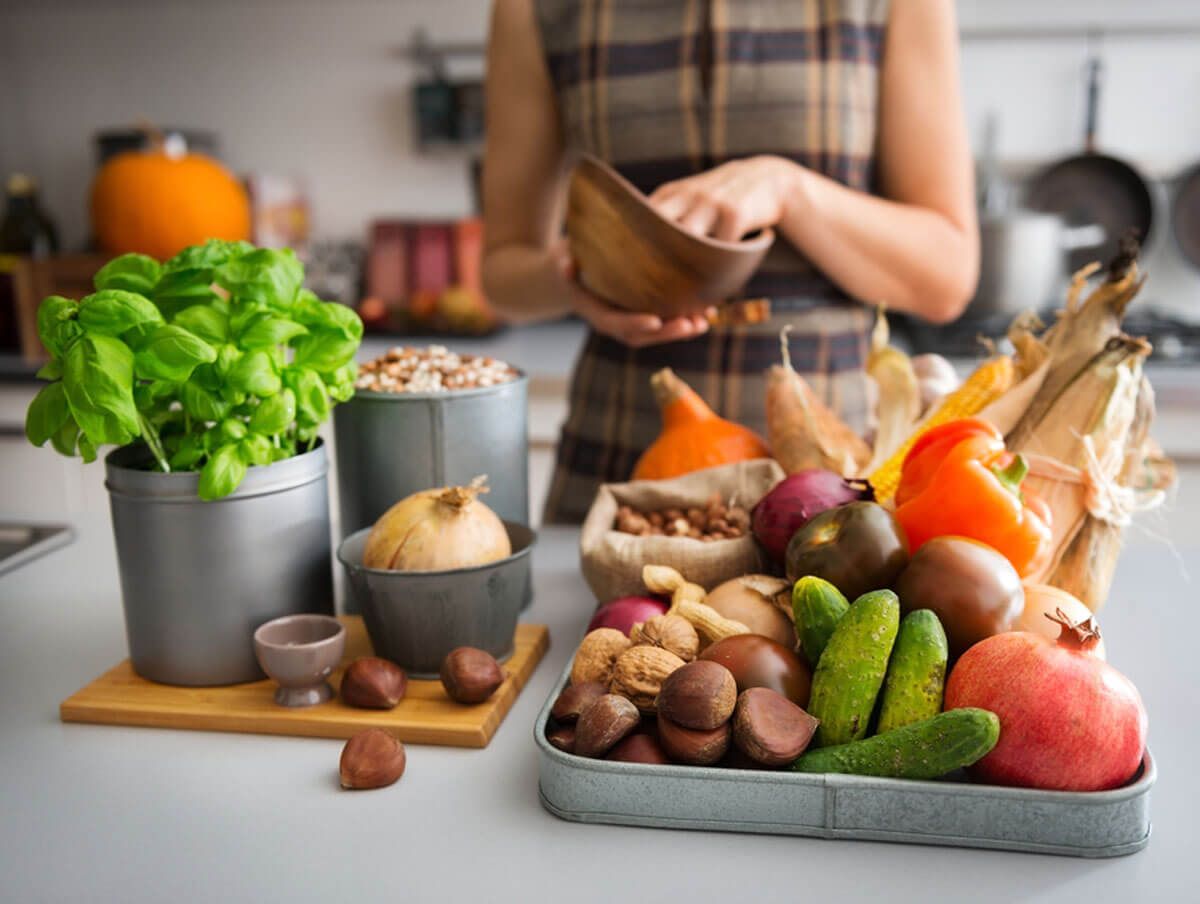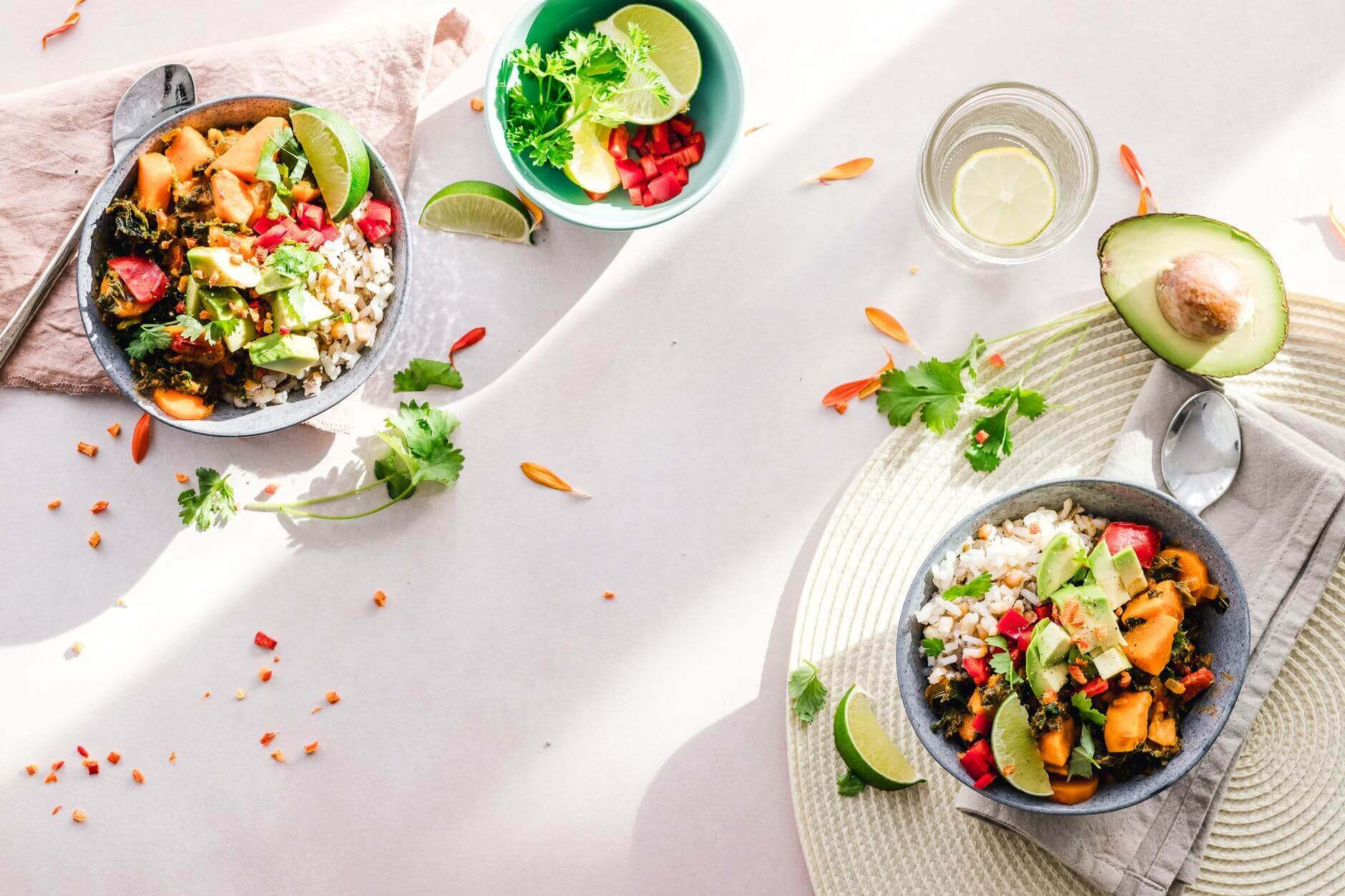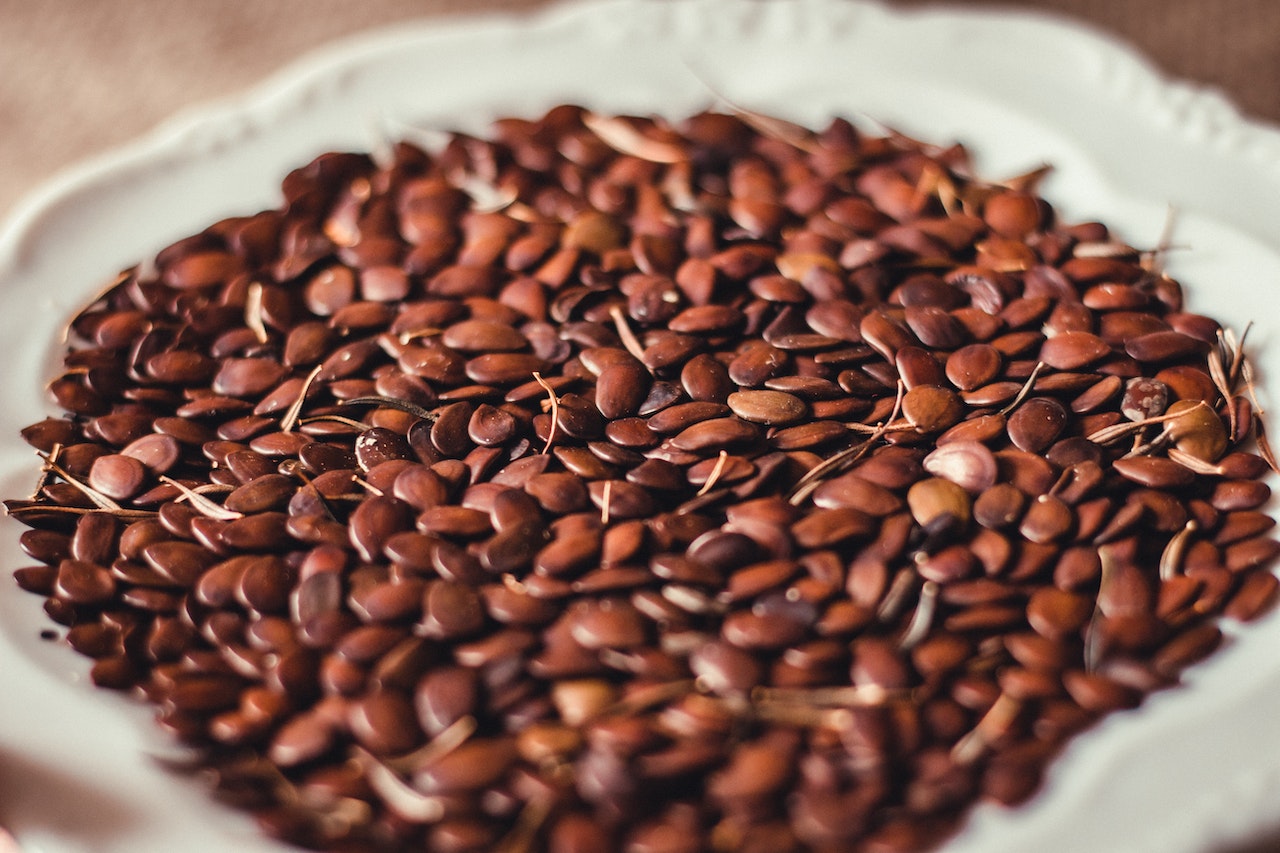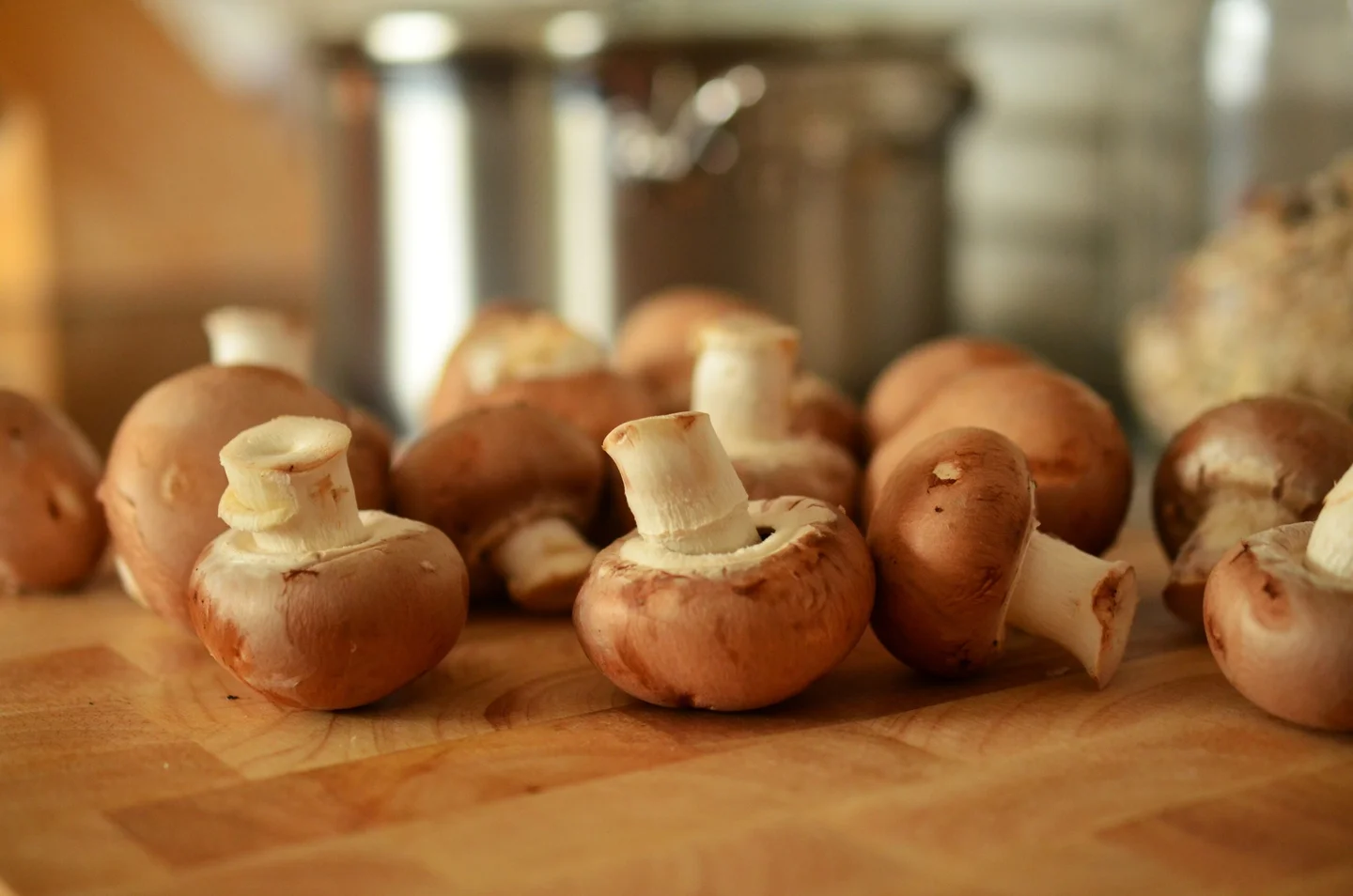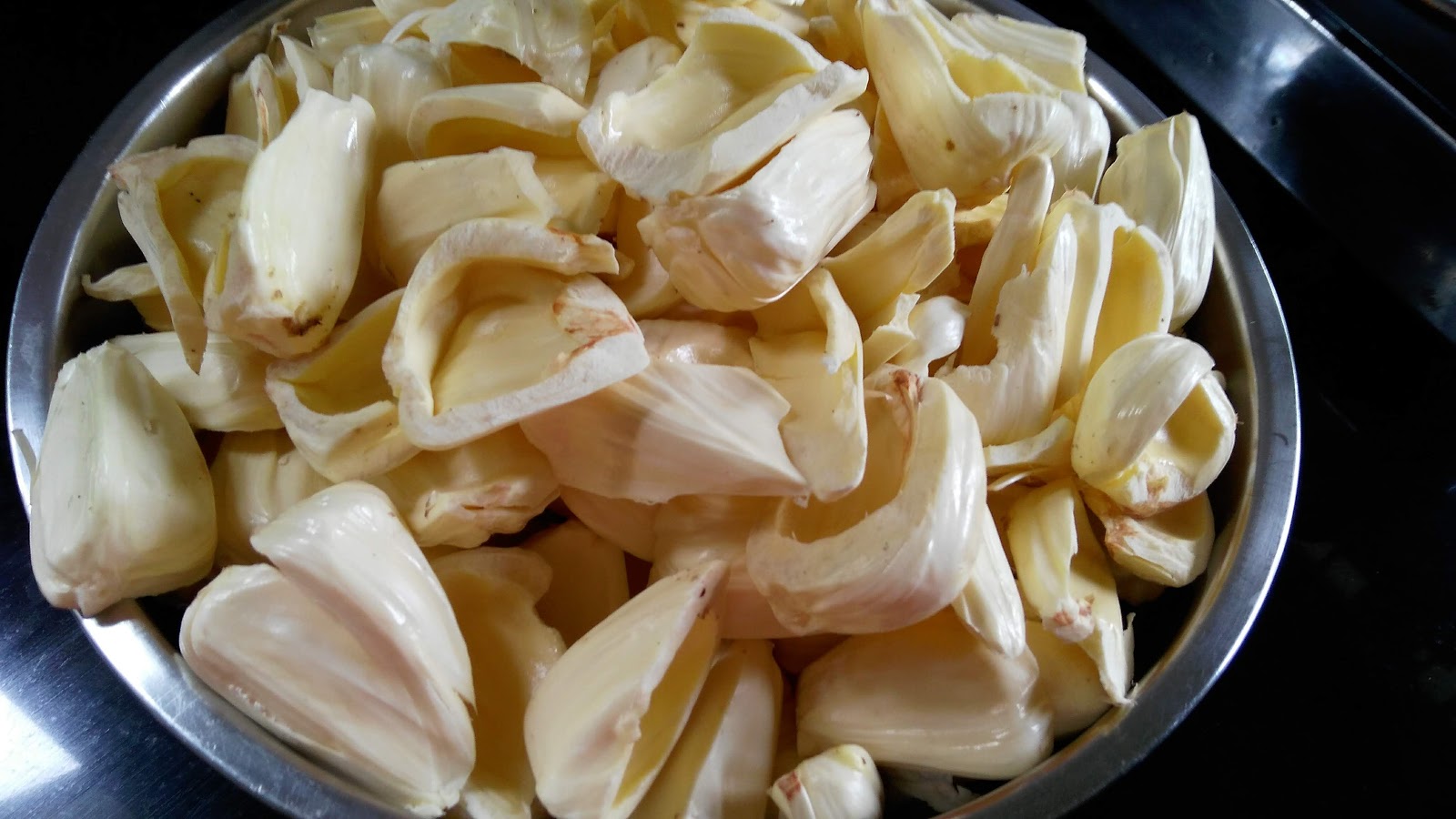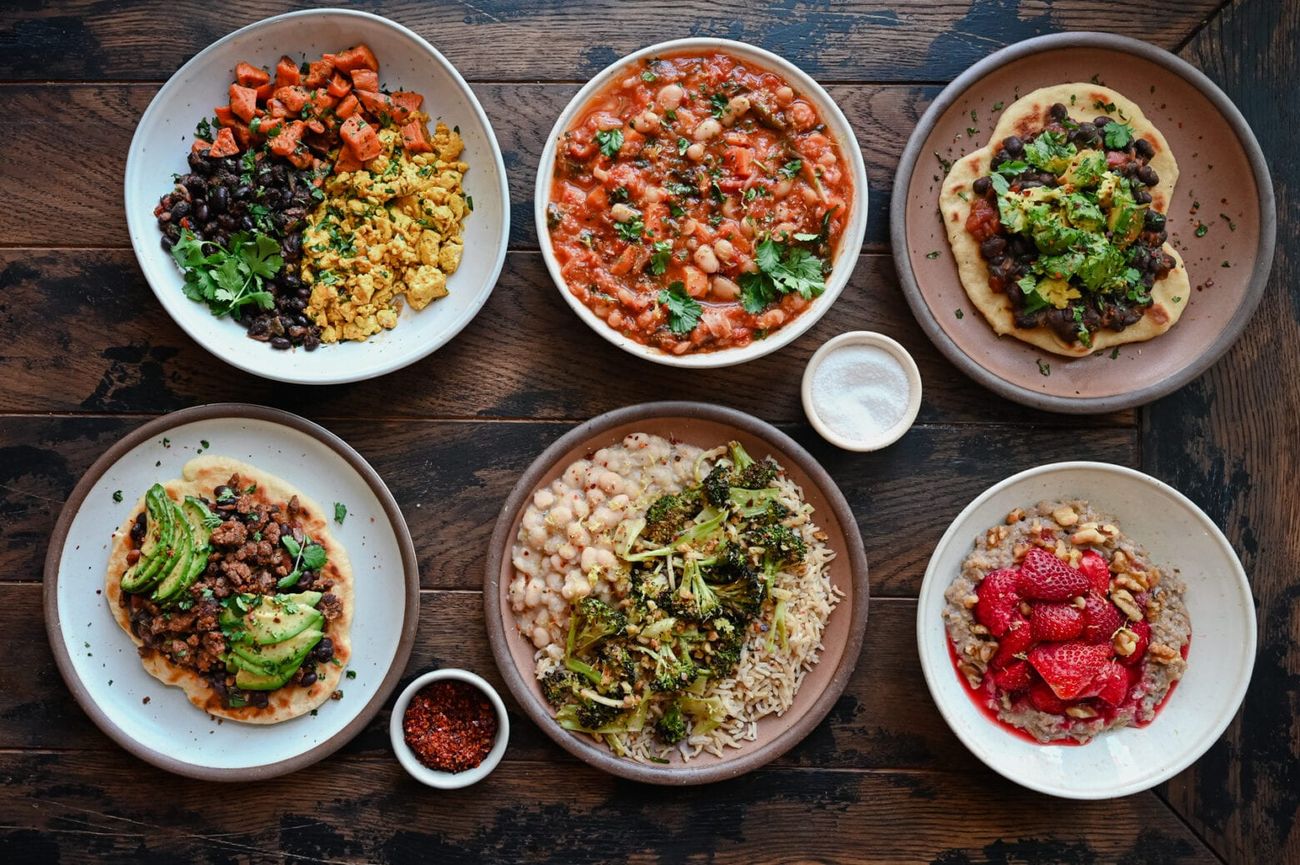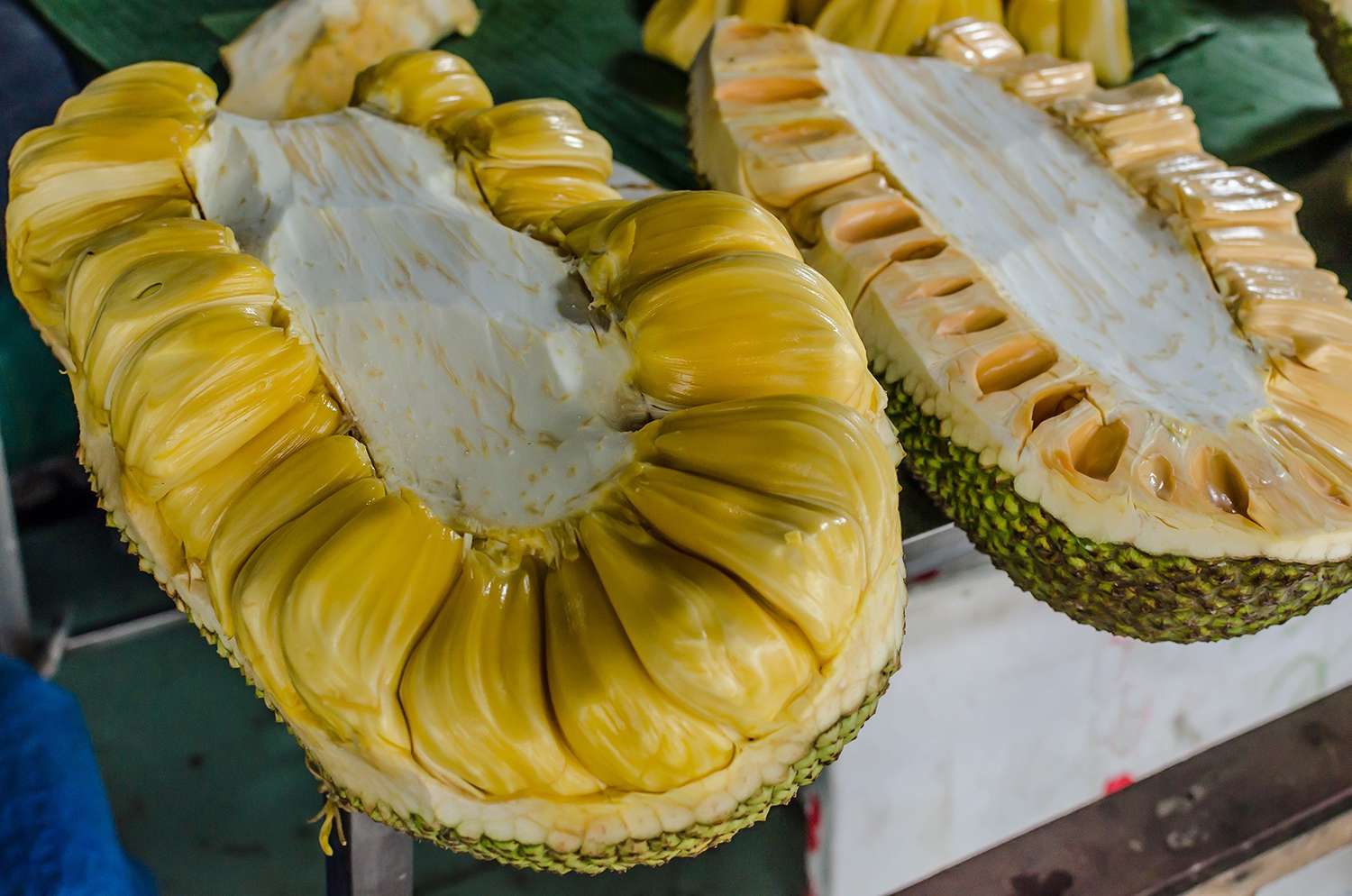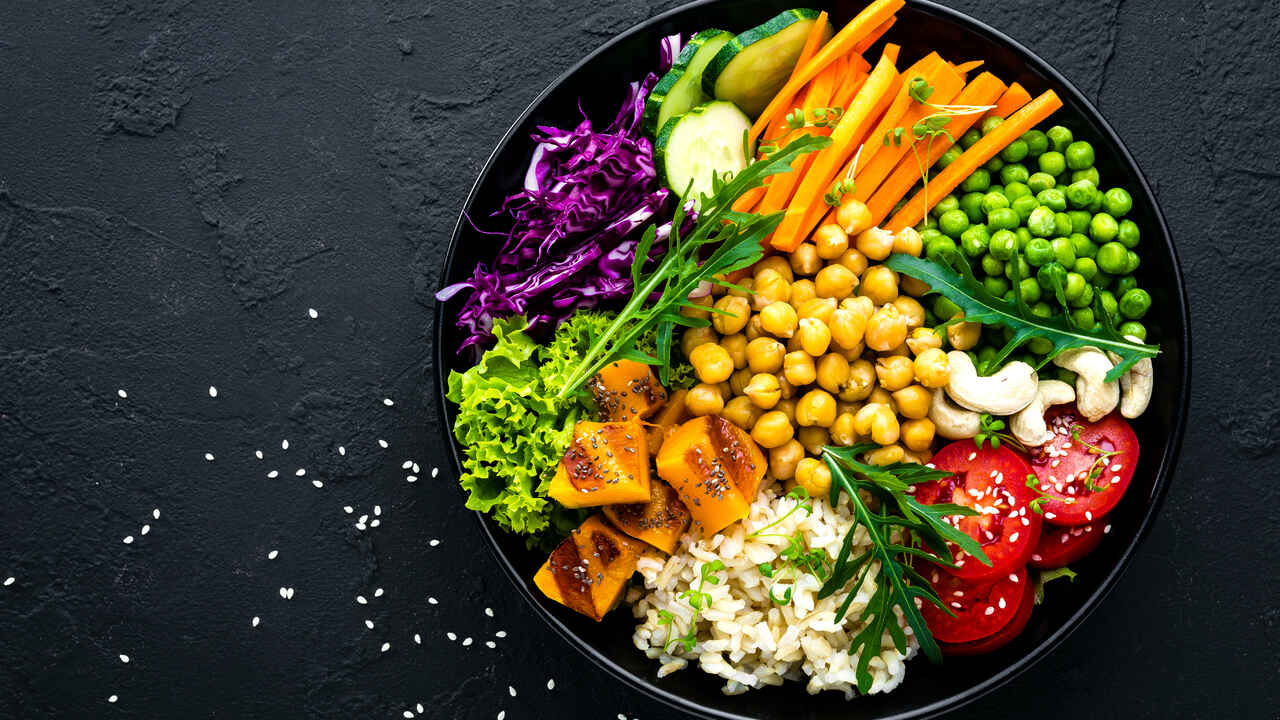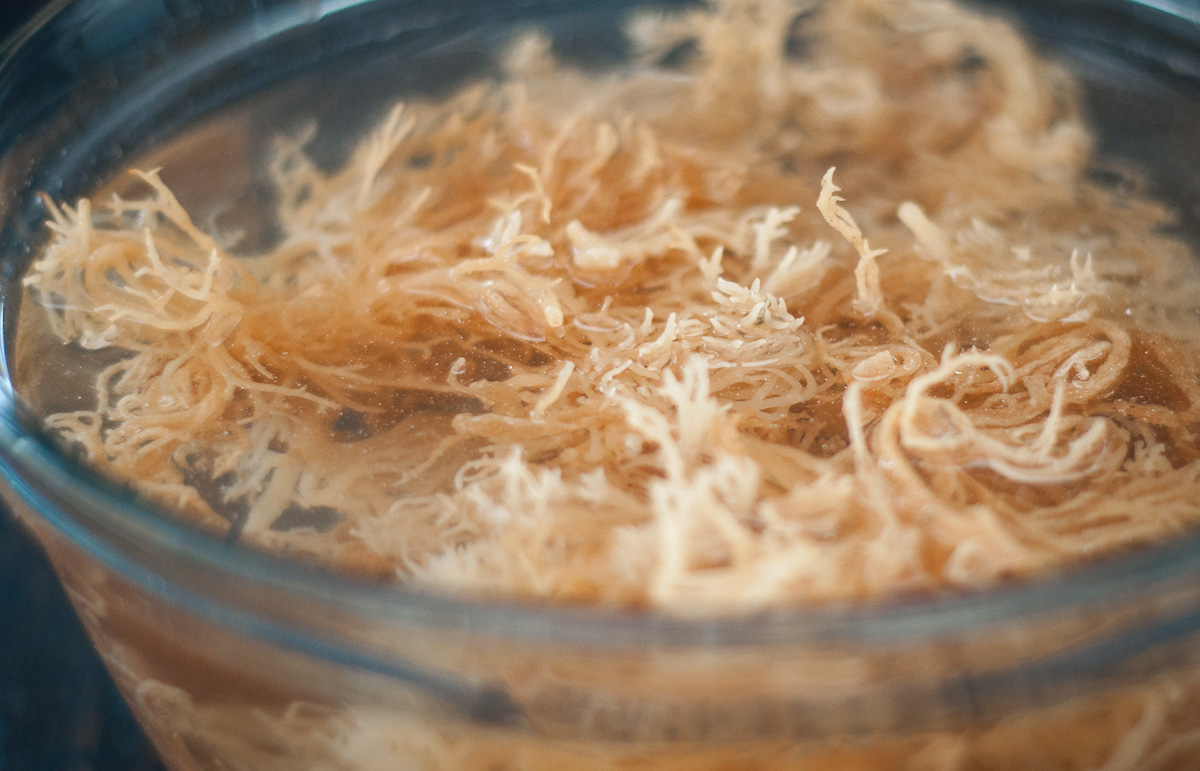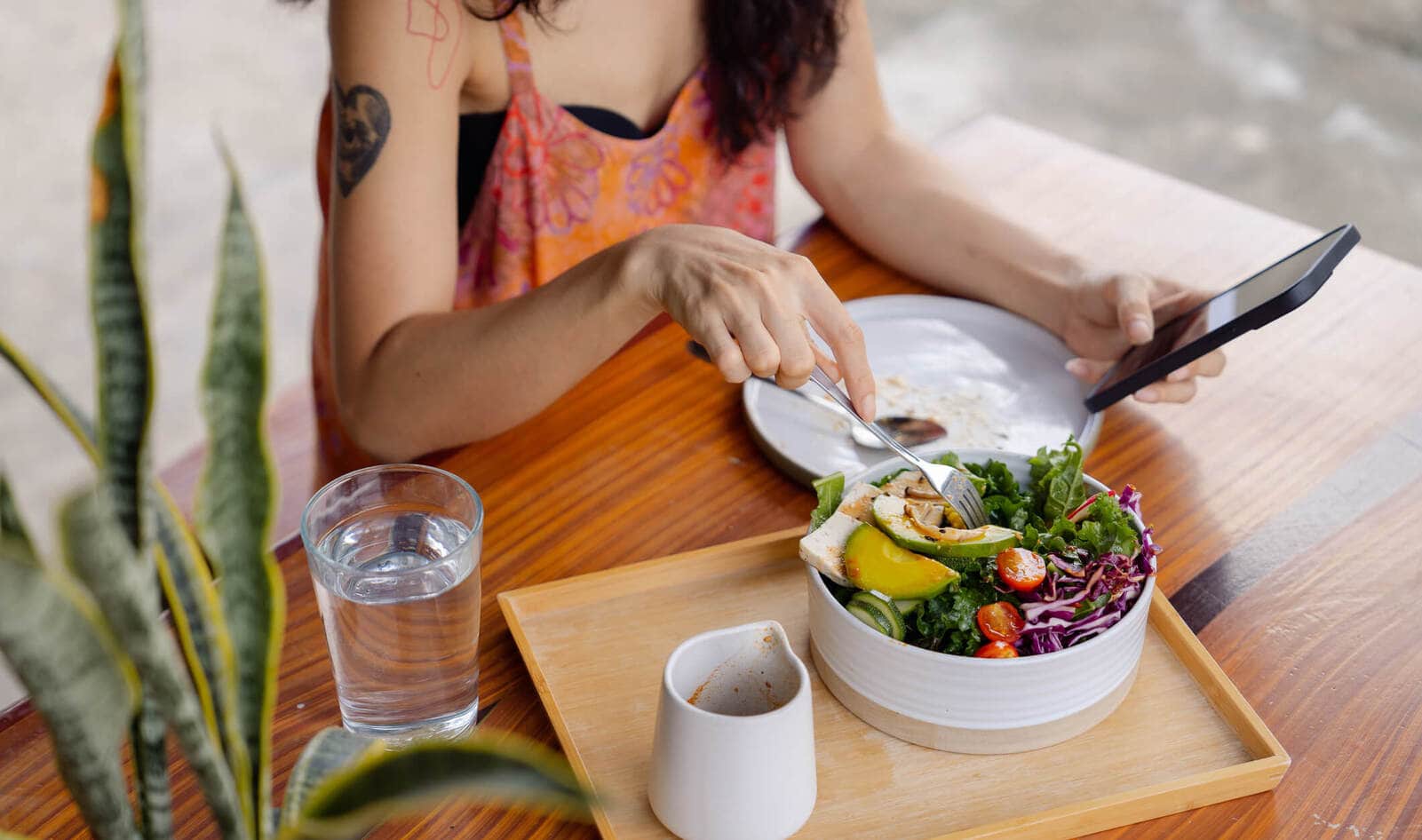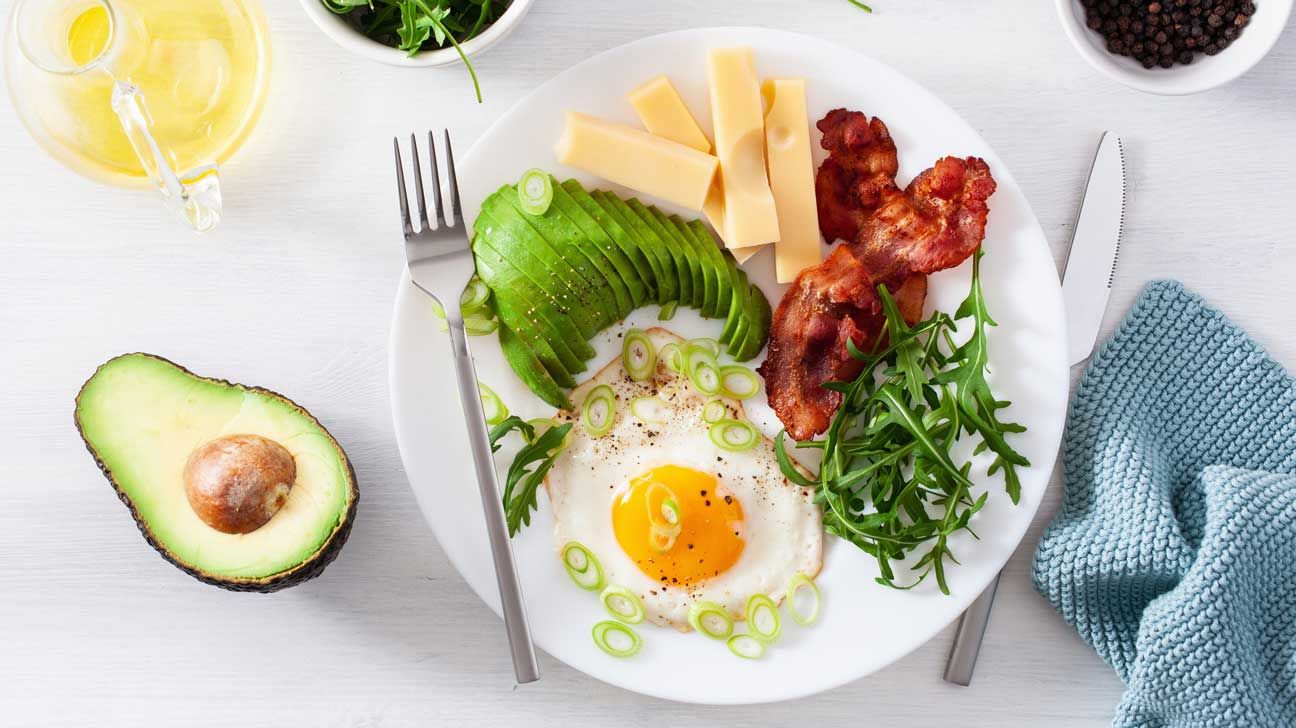What is Raw Veganism?
Raw veganism is a dietary lifestyle that involves consuming unprocessed, plant-based foods. This means that raw vegans eat fruits, vegetables, nuts, seeds, and sprouted grains in their natural state, without cooking or heating them above 118°F (48°C).
Benefits of Eating Like a Raw Vegan
Eating like a raw vegan has numerous health benefits, including:
- Increased consumption of vitamins, minerals, and antioxidants
- Improved digestion and gut health
- Weight loss and weight management
- Reduced risk of chronic diseases such as heart disease and diabetes
- Enhanced energy levels and overall well-being
How to Eat Like a Raw Vegan
Transitioning to a raw vegan diet can be a rewarding experience, but it requires some planning and creativity. Here are some tips on how to eat like a raw vegan:
1. Incorporate Plenty of Fresh Fruits and Vegetables
Fresh fruits and vegetables should form the foundation of a raw vegan diet. Aim to consume a variety of colorful produce to ensure you’re getting a wide range of nutrients.
2. Embrace Raw Nuts and Seeds
Raw nuts and seeds are excellent sources of healthy fats, protein, and fiber. They can be enjoyed as snacks, added to salads, or used to make homemade nut milks and dressings.
3. Experiment with Sprouted Grains and Legumes
Sprouted grains and legumes are easier to digest and contain more nutrients than their unsprouted counterparts. Try incorporating sprouted quinoa, lentils, and chickpeas into your meals.
4. Get Creative with Raw Food Preparation
Explore the world of raw food preparation by learning how to make zucchini noodles, raw vegan sushi, and dehydrated snacks. Investing in a high-speed blender and a food dehydrator can open up a world of culinary possibilities.
5. Stay Hydrated with Fresh Juices and Smoothies
Fresh juices and smoothies are a convenient way to pack a variety of fruits and vegetables into one delicious drink. Invest in a quality juicer and blender to make nutrient-dense beverages a part of your daily routine.
6. Prioritize Quality and Organic Ingredients
When following a raw vegan diet, it’s important to prioritize quality and organic ingredients whenever possible. This ensures that you’re consuming the highest level of nutrients and minimizing exposure to pesticides and other harmful chemicals.
7. Listen to Your Body
Pay attention to how your body responds to a raw vegan diet. Everyone’s nutritional needs are different, so it’s essential to listen to your body and make adjustments as needed. If you’re feeling fatigued or experiencing nutrient deficiencies, consider consulting with a healthcare professional or a registered dietitian.
Final Thoughts
Eating like a raw vegan can be a transformative journey that introduces you to a vibrant world of plant-based nutrition. By incorporating a variety of fresh fruits, vegetables, nuts, seeds, and sprouted grains into your diet, you can experience the numerous health benefits associated with this lifestyle. Remember to stay creative, listen to your body, and prioritize the quality of your ingredients as you embark on this raw vegan adventure.
